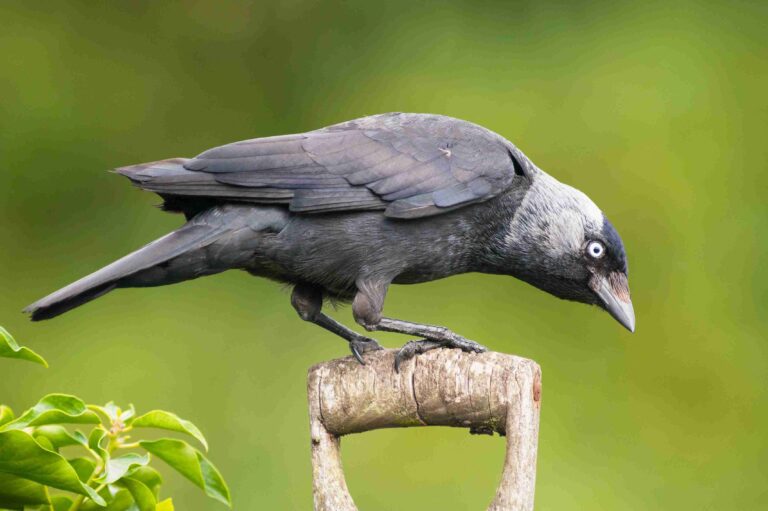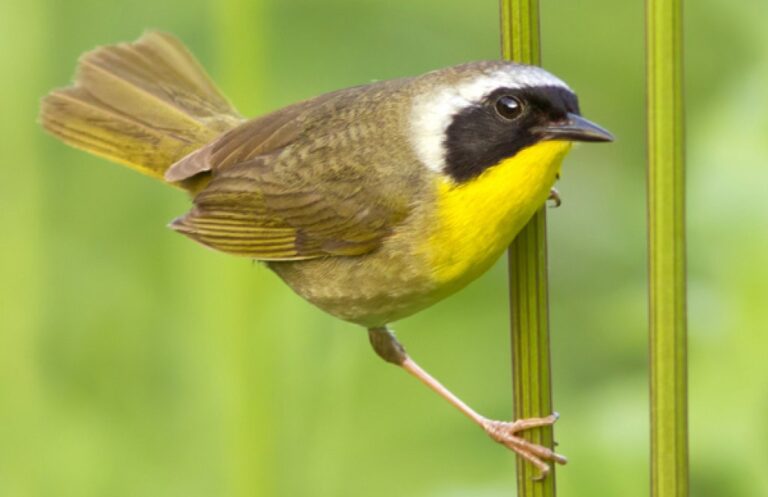Do Hummingbirds Have Feet?
Welcome to the captivating world of hummingbird feet! Have you ever wondered if these tiny creatures, the male hummingbirds have feet? In this article, we will delve into the fascinating details of hummingbird feet, their unique anatomy, functions, and why their small feet are perfectly adapted for life in the air.
Key Takeaways:
- Hummingbirds do have feet, but they are small and often go unnoticed.
- Hummingbird feet serve multiple functions beyond just providing support.
- Their small and weak legs make walking difficult for hummingbirds.
- Hummingbirds Hummingbirds don’t use their feet to grip. while feeding on nectar.
- Understanding hummingbird feet provides insights into their fascinating aerial lifestyle.
Hummingbird Feet Anatomy
When it comes to hummingbirds, their tiny feet are often overlooked in favor of their vibrant colors and remarkable flight capabilities. However, understanding the anatomy of hummingbird feet is key to unraveling the mysteries behind their unique adaptations for life in the air.
Hummingbird feet are incredibly small, measuring just a few centimeters in length. This compact size allows them to maintain a lightweight body that is ideal for agile flight. The bones in their feet are delicate and slender, allowing for increased flexibility and maneuverability.
One notable feature of hummingbird feet is the arrangement of their toes. These remarkable birds have four toes, with three facing forward and one facing backward. This toe configuration provides them with a strong grip on branches and perches, allowing them to maintain stability even during rapid movements.
Hummingbird feet are like tiny miracles of nature, designed to support their demanding aerial lifestyle.
The feet also play a vital role in the overall body structure of hummingbirds. They are connected to powerful leg muscles enabling the hummingbird species to generate the lift and power needed for sustained flight. This unique integration of feet and leg muscles ensures that hummingbirds can perform their incredible acrobatics with precision and grace.
| Feature | Description |
|---|---|
| Size | Very small, measuring just a few centimeters in length |
| Toe Configuration | Four toes – three facing forward and one facing backward |
| Flexibility | Delicate and slender bones allow for increased flexibility |
| Role in Flight | Connected to powerful leg muscles that generate lift and power for flight |
The anatomy of hummingbird feet is intricately designed to support their unique lifestyle. From their small size and flexible bones to their specialized toe configuration, these tiny feet are a testament to the incredible adaptations of hummingbirds. By understanding their feet, we gain a greater appreciation for the remarkable abilities of these extraordinary birds.

Functions of Hummingbird Feet
Hummingbird feet serve multiple functions beyond just providing support. These small and delicate feet play a crucial role in the daily life of hummingbirds, enabling them to thrive in their aerial environment. Let’s explore the various functions of hummingbird feet:
Perching:
Hummingbirds use their feet to perch on branches, wires, and other surfaces. Their flexible toes and claws allow them to grip tightly, providing stability and balance even in windy conditions.
Grooming:
Hummingbirds meticulously groom their feathers to keep them clean and in optimal condition for flight. They use their feet to preen and arrange their feathers, ensuring maximum efficiency during their fast-paced aerial maneuvers.
Feeding:
Hummingbirds employ their feet in the feeding process, particularly when extracting nectar from flowers. By using their feet to grip the flower or feeder, they can maintain a stable position while probing the delicate blooms with their long beaks.
Nest Building:
During the breeding season, female hummingbirds use their feet to build intricate nests suspended from branches or other structures. They gather materials such as leaves, twigs, and spider silk, weaving them together with their feet to create a secure and cozy home for their eggs.
Fighting:
Hummingbird species are known for their territorial nature, and disputes over feeding territories or mates sometimes lead to aggressive encounters. In these interactions, hummingbirds use their feet to engage in aerial battles, gripping and grappling with their opponents in mid-air.
Thermoregulation:
Hummingbirds are highly efficient at regulating their body temperature, and their feet play a role in this process. By varying blood flow to their feet, they can control the amount of heat lost through their extremities, helping to maintain their core body temperature.
You May Want to Read: Birds With Red Heads
Why Are Hummingbirds’ Feet So Small?
Hummingbirds, known for their agility and breathtaking flight, have remarkably small feet. But have you ever wondered why? Let’s explore the fascinating reasons behind the diminutive size of hummingbird feet.
Conserving Energy and Flight Precision: Hummingbirds’ small feet are an adaptation that aids in conserving energy during flight. The size of their feet reduces weight, allowing them to achieve maximum agility and maneuverability. The smaller the feet, the less energy is required to keep them airborne. This energy-saving feature enables them to hover effortlessly, change direction quickly, and even fly backward with exceptional precision.
Do you know Can Ducks Eat Cucumber?
Optimal for Perching: Another advantage of hummingbirds’ small feet is their perfect fit for perching on delicate stems, branches, and wires. Their tiny feet can securely grip these slender structures, providing stability and balance to the ruby-throated hummingbird while perched. This unique adaptation allows them to maintain their position even during strong winds or while feeding from nectar-rich flowers.
Specialization for Aerial Lifestyle: Hummingbirds have evolved to excel in an aerial lifestyle. Their small feet complement their long, slender wings and lightweight bodies, making them ideal for sustained flight. By minimizing the size of their feet, hummingbirds reduce drag and enhance their ability to navigate through small spaces, such as dense foliage or tight paths.
| Reasons for Hummingbirds’ Small Feet | Advantages |
|---|---|
| Conserves energy during flight | Allows for maximum agility and precision |
| Provides optimal grip for perching | Ensures stability and balance while perched |
| Specialization for an aerial lifestyle | Enhances flight performance and navigational abilities |
By adapting with small feet, hummingbirds have found the perfect anatomical configuration to thrive in their unique environment. These remarkable creatures continue to captivate us with their unparalleled grace and beauty.
Can Hummingbirds Walk?
If you’ve ever wondered if ruby-throated hummingbirds can walk like many other birds, the answer might surprise you. Unlike their counterparts, hummingbirds cannot walk in the traditional sense. Their legs and feet are small and weak, making walking difficult for them.
“While hummingbirds are capable of many incredible feats, walking is not one of them.”
Their unique anatomy and specialized adaptation to an aerial lifestyle have resulted in certain limitations when it comes to walking. Hummingbirds are designed for efficient flight and hovering, and their bodies are optimized for this purpose. Their legs and feet have evolved to serve specific functions related to their aerial prowess, rather than terrestrial mobility.
Hummingbird legs are short and positioned far back on their bodies, which allows for better weight distribution during flight. The feet are small, with tiny toes and weak muscles, making them ill-suited for walking on surfaces or gripping branches. Instead of walking, hummingbirds rely on their strong wings to move swiftly and with remarkable agility.
“Hummingbirds’ small and weak legs and feet are not built for walking, but for their incredible flying abilities.”
These unique adaptations are part of what makes hummingbirds such fascinating creatures. While they may have limitations when it comes to terrestrial movement, their extraordinary flying skills more than compensate for this. The inability to walk is just one of the many characteristics that make hummingbirds stand out in the bird kingdom.
Comparing Hummingbird Legs and Feet to Other Birds
To better understand why hummingbirds cannot walk, let’s compare their legs and feet with those of other birds:
| Bird | Legs and Feet Characteristics |
|---|---|
| Hummingbird | Small, weak, unable to walk |
| Sparrow | Medium-sized, strong, capable of walking and perching |
| Crow | Long, sturdy, walking and perching abilities |
| Ostrich | Long, powerful, built for running |
As you can see, hummingbirds’ legs and feet differ significantly from other birds, reflecting their unique adaptations for flight rather than terrestrial locomotion.
“Hummingbirds’ inability to walk sets them apart from many other bird species and highlights their specialization for aerial maneuvers.”
While hummingbirds cannot walk, their impressive flying skills, vibrant colors, and exceptional feeding abilities more than compensate for this limitation, making them one of the most captivating and mesmerizing bird species in the world. Also explore different Types Of Finches in Michigan
The Role of Hummingbird Feet in Feeding
Hummingbirds are known for their incredible agility and precision in mid-air. But did you know that their feet play a crucial role in their feeding behavior? These tiny birds use their feet to grip and stabilize themselves while feeding on nectar.
Hummingbirds have a long, slender beak specially designed for sipping nectar from flowers. As they approach a nectar source, their feet come into action. With their toes wrapped around a branch or flower stem, hummingbirds can maintain a stable position, allowing them to access the nectar with ease. This grip provided by their feet enables them to balance and navigate while extracting the sweet reward.
“The grip provided by their feet enables hummingbirds to balance and navigate while extracting nectar.”
Additionally, hummingbirds’ feet work in perfect coordination with their beaks. Using their beaks, they insert their long, slender tongues deep into the flower’s nectar-filled blossoms. As male hummingbirds extract the nectar, their feet hold them steady, ensuring that they maintain a stable position in mid-air.
This coordinated effort between their feet and beaks allows hummingbirds to feed efficiently and effectively. It enables them to hover near flowers, extracting nectar while simultaneously maintaining balance and stability. This intricate process ensures that hummingbirds can obtain the vital energy they need to fuel their high-energy lifestyle.
So, while hummingbirds’ feet may be small, they play a significant role in the intricate dance of feeding on nectar. Their grip and stability provided by their feet, along with the coordination between their feet and beaks, allow them to navigate the delicate ecosystem of floral resources and sustain their fast-paced flight.
Frequently Asked Questions
Q:1 What kind of feet do hummingbirds have?
Hummingbirds have tiny, dainty feet with long, delicate toes.
Q:2 How many legs do a hummingbird have?
Like most birds, hummingbirds have two legs.
Q:3 Do hummingbirds have claws?
No, hummingbirds do not have claws. Their feet are primarily used for perching rather than grasping.
Q:4 What do hummingbird legs look like?
Hummingbird legs are thin and wiry, designed for agility and quick movements. They often appear bare or sparsely feathered.
Q:5 Why do hummingbirds have feet?
Hummingbirds use their feet for perching on branches and other surfaces. However, their main mode of transportation and feeding involves hovering in mid-air, so their feet are not as developed for gripping as those of other birds.
Final Thoughts:
In conclusion, the feet of hummingbirds are meticulously designed to cater to their unique aerial lifestyle. Despite their small size and fragile appearance, these tiny feet serve multiple crucial purposes in the hummingbirds’ daily activities.
Hummingbird feet allow them to perch securely on branches and other surfaces, providing stability during rest and sleep. The flexibility of their feet assists in grooming, ensuring their feathers remain in optimum condition for efficient flight and insulation.
Moreover, hummingbird feet contribute significantly to their feeding behaviors. These feathered creatures utilize their feet to grip onto flowers or specialized feeders while they delicately probe for nectar. The coordination between their feet and beaks enables them to access food sources and maintain stable positions in mid-air.
Ultimately, the small size of hummingbird feet plays a vital role in their ability to conserve energy and achieve remarkable flight agility. By minimizing the weight and drag associated with larger feet, hummingbirds can hover effortlessly and maneuver with unparalleled precision.






